Solar Project Provides Cost Savings and Educational Opportunities for Students.
Office of Indian Energy Policy and Programs
October 9, 2023Solar Project Provides Cost Savings and Educational Opportunities for Students
In this Tribal Energy Snapshot, learn more about the Blackfeet Community College Sustainable Energy Project. The project was co-funded by the U.S. Department of Energy’s Office of Indian Energy.

Project Quick Facts
Blackfeet Community College, a Tribal College located in northwest Montana, installed four grid-tied solar photovoltaic (PV) systems to support energy needs of four campus buildings. The project was developed to create access to renewable energy benefits for the Blackfeet community, generate energy cost savings for the college, and create opportunities for students to learn about renewable energy, explore energy career pathways, and participate in workforce development through hands-on training.
Take a glance at the project by the numbers:
Total energy generation
From March 2022 through March 2023, the PV systems generated approximately 63,053 kilowatt-hours, enough electricity to supply six average American homes for one year.
Savings for the Tribal College
The total cost savings for the Tribal College is approximately $5,500 annually, or approximately $165,000 over the 30-year life of the systems.
Total project cost
The cost of the project was $204,401 shared by DOE ($183,960) and Blackfeet Community College ($20,441).
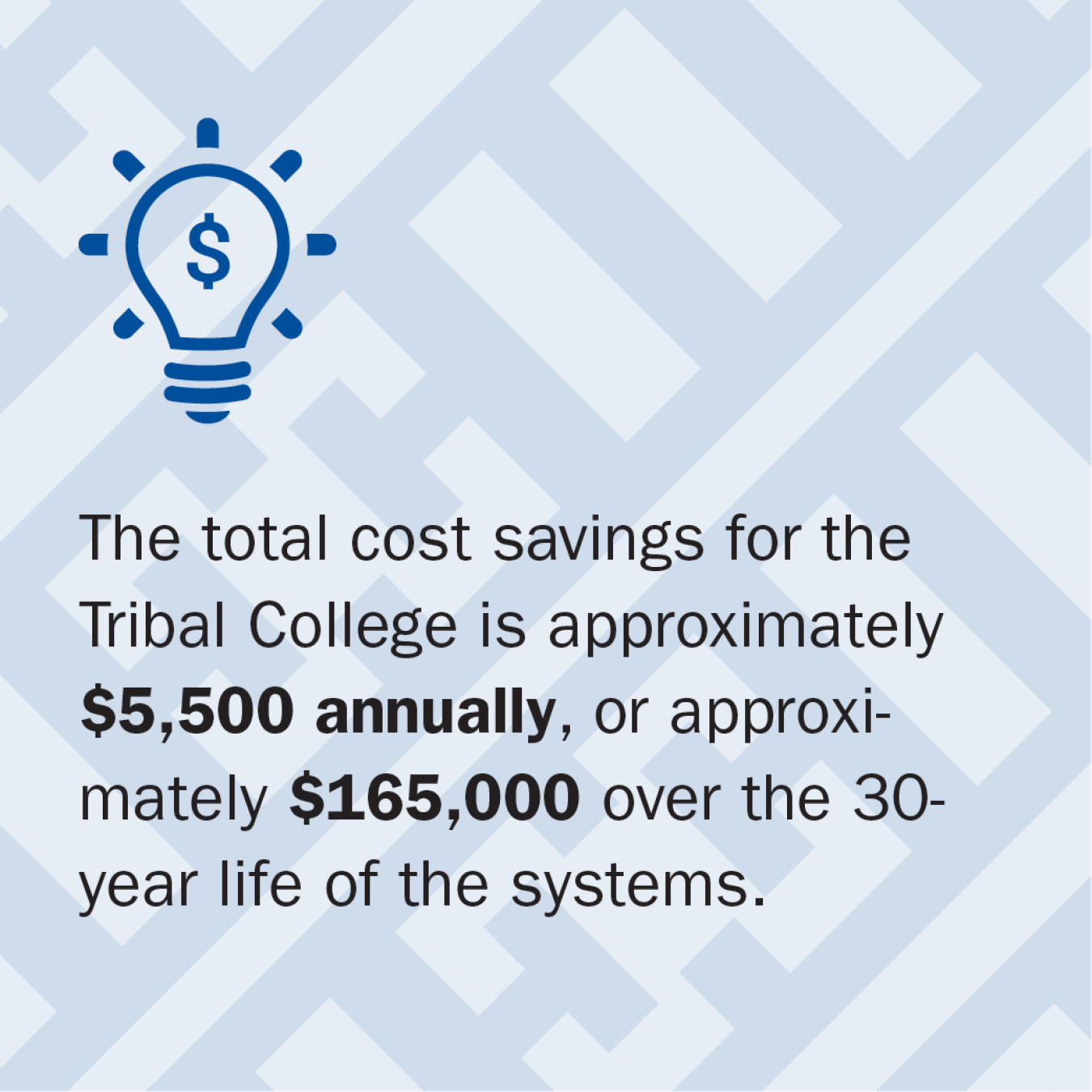
Insight From the Project Team
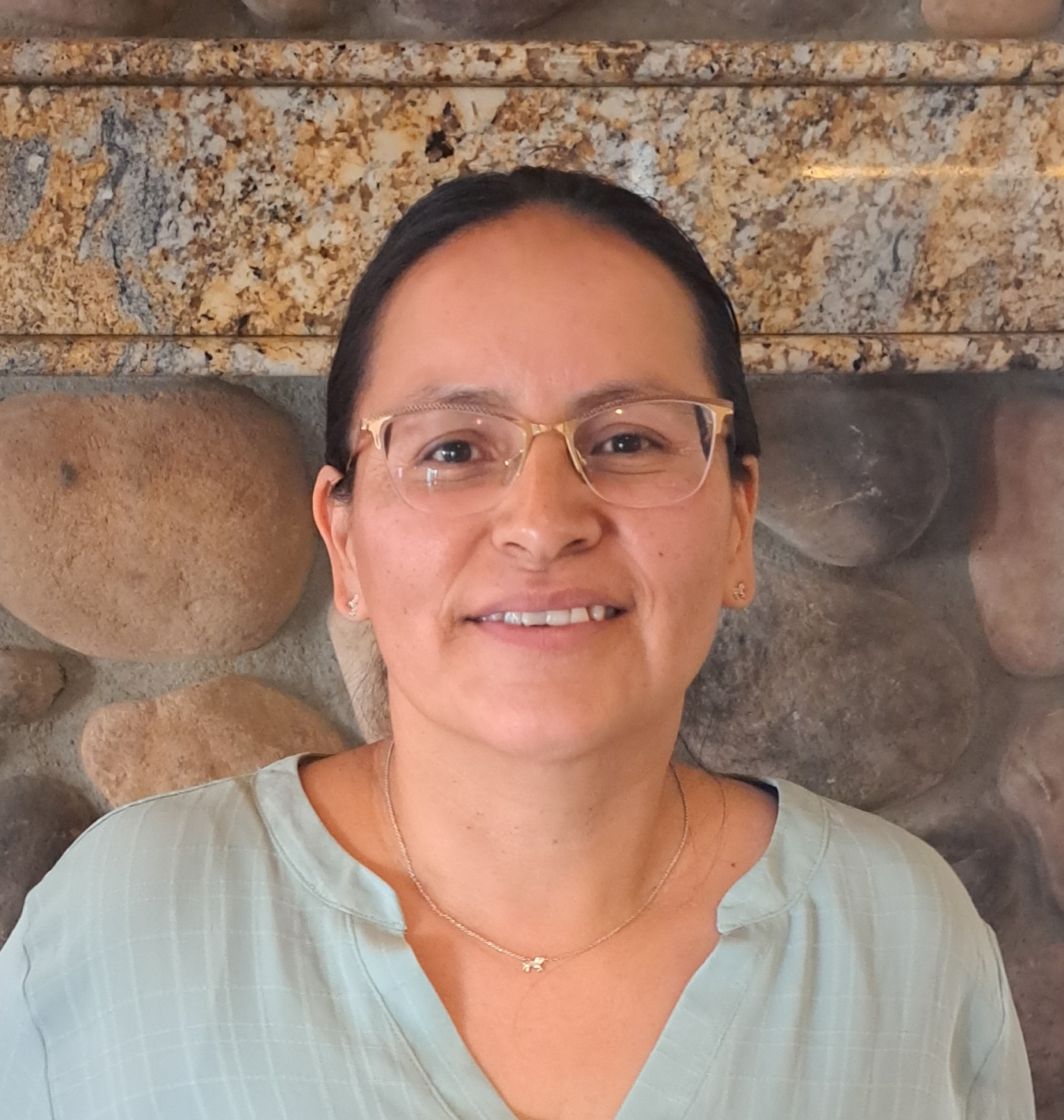
Learn from Melissa Little Plume Weatherwax, Institutional Development Director with Blackfeet Community College, on her experience with the project.
How will the community benefit from the project?
The Blackfeet Community College energy efforts easily serve as a model for other tribal programs to learn about facility development and improvements. Blackfeet Community College has a LEED Platinum facility as well as new facility upgrades. Moving forward, Blackfeet Community College will work to provide skills development in operation and maintenance, data analysis, and community outreach [related to the solar project]. A trained workforce could mean students as homeowners and professionals have the skills and the experience in solar upgrade installation and maintenance. The opportunities to learn and experience solar energy installation and maintenance promotes energy sovereignty by engaging the community in renewable energy knowledge.
What excites you most about this project?
The most exciting part of the project is to have students and community members see their investment into their college and increase their skills and knowledge in solar. There were two students that entered the energy workforce immediately after completing training through the college. One student, now a professional, continues to support the college with technical support and is available in the community to help with troubleshooting and data analysis.
What was the biggest “lesson learned” from the project?
Tribal Colleges are an ideal place to support tribal communities’ development of energy. Workforce training, as well as education and outreach, should be integral to sustain development and support energy sovereignty for Tribes.
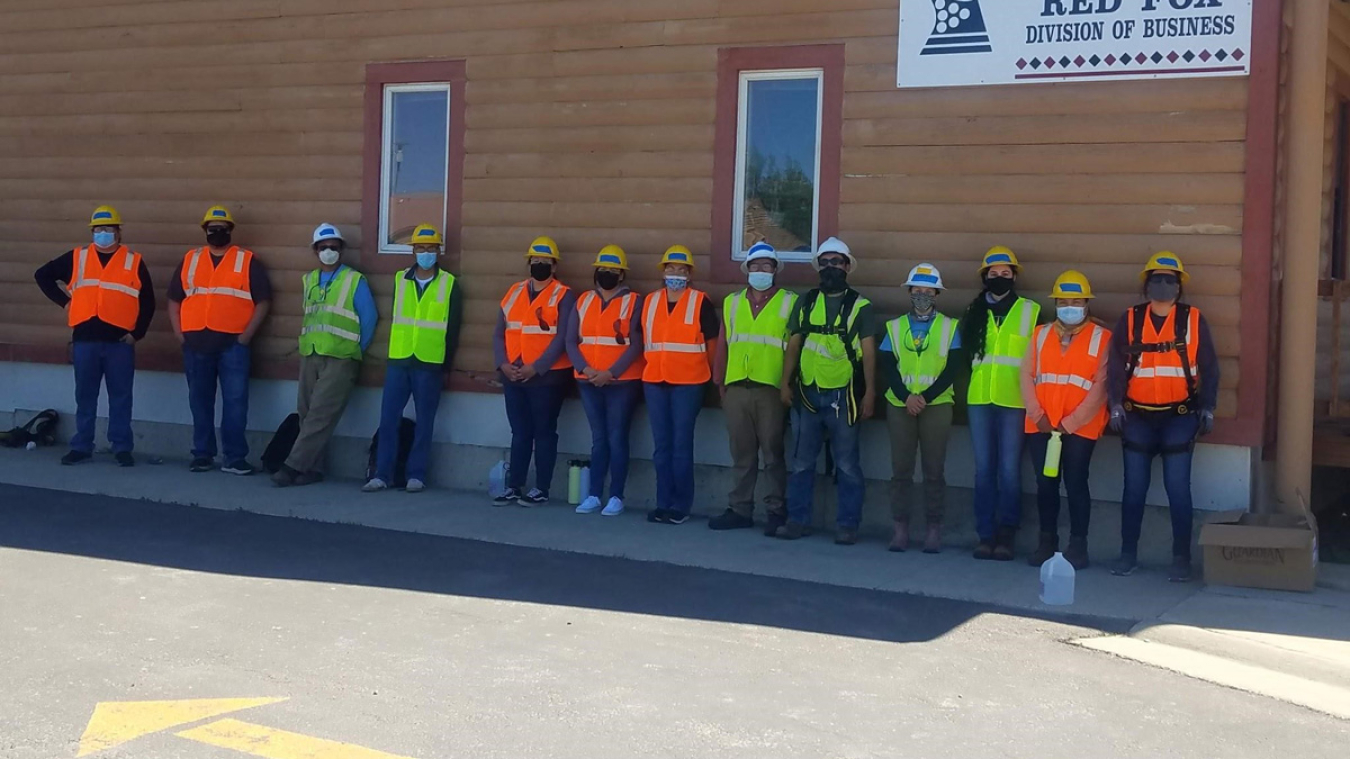
The solar technology installations provided hands-on paid job training opportunities for college students as well as community members.
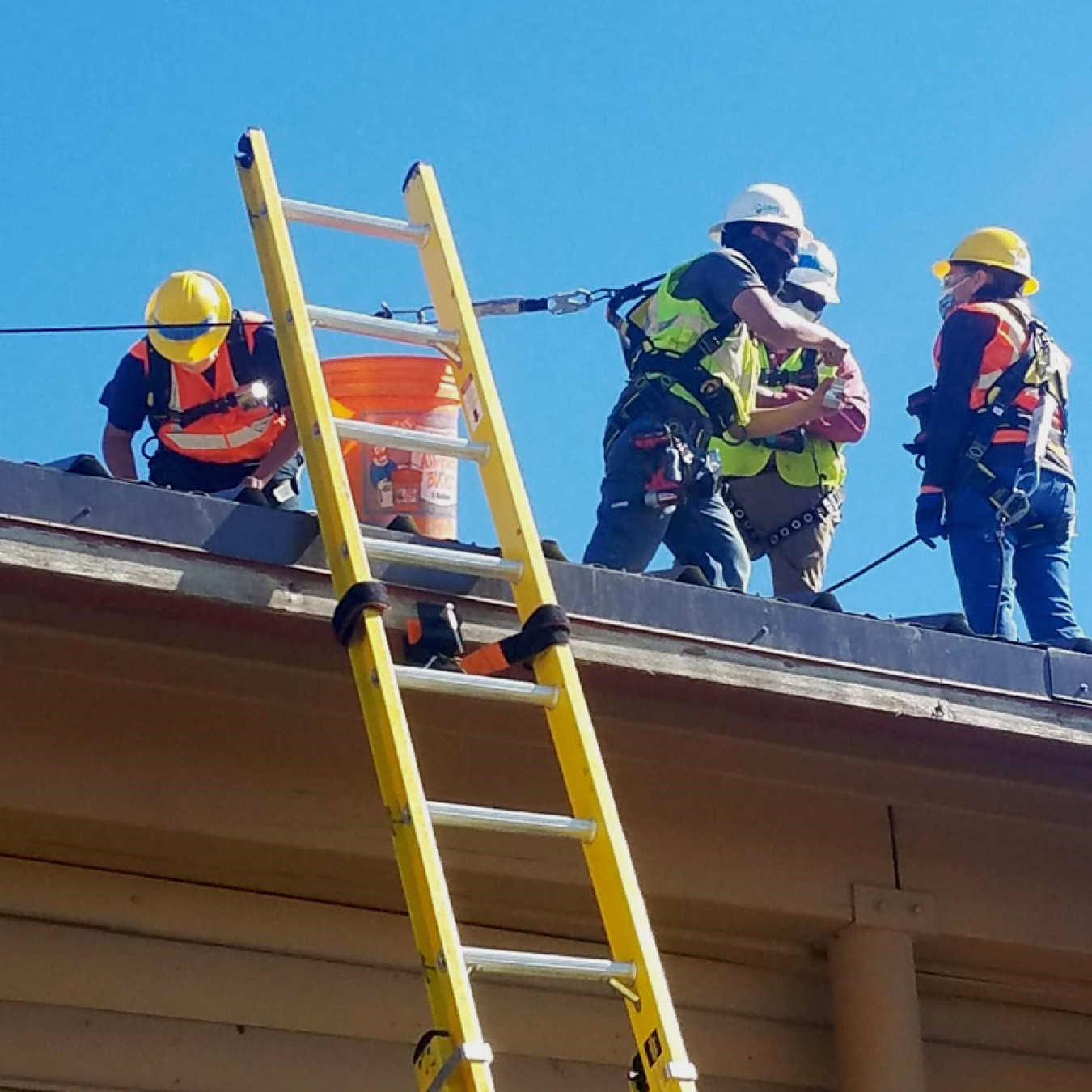
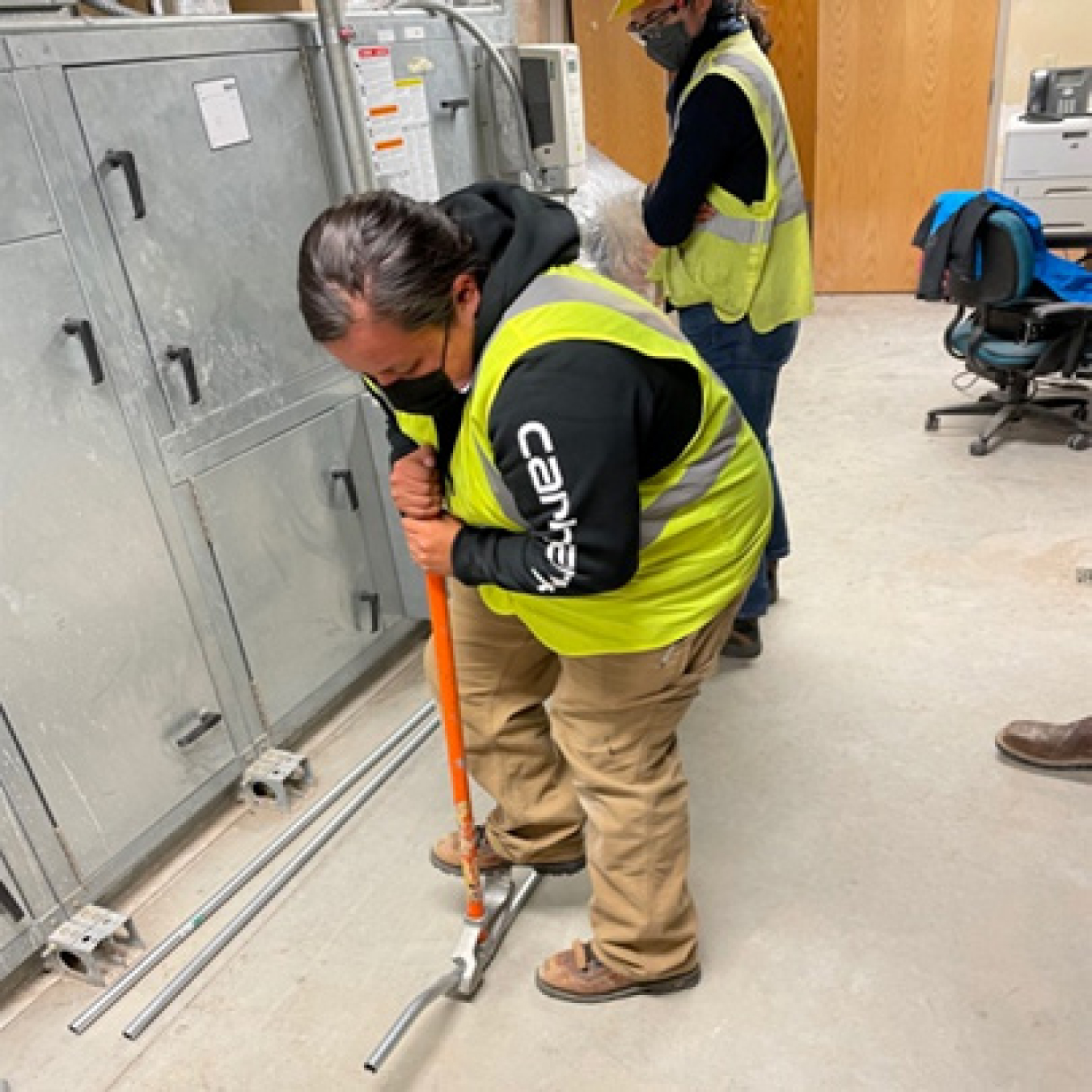
Learn More
Learn more about this project, including additional background information, cost, and status on the project summary page.
Explore more tribal energy projects through the tribal energy projects database.

